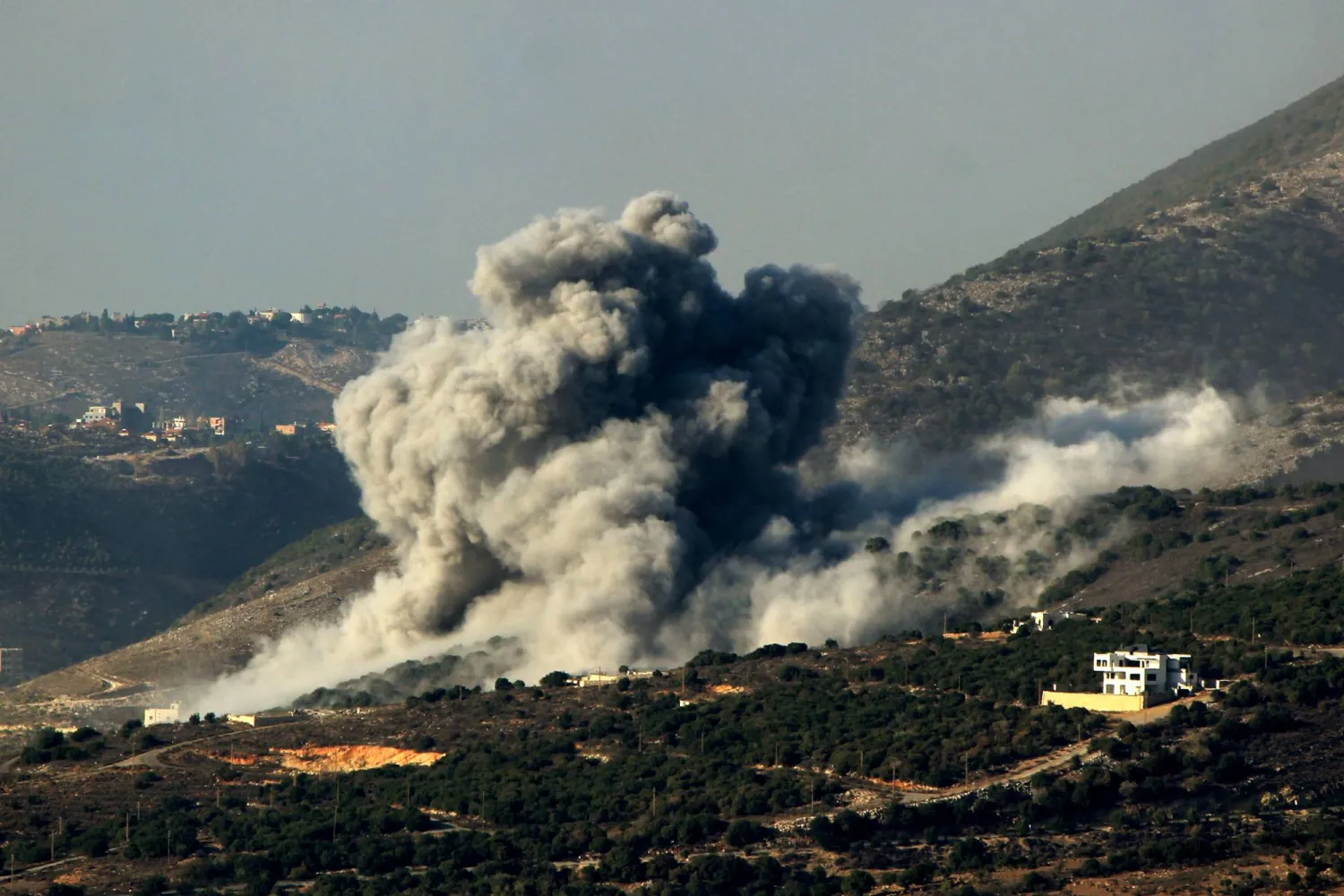UN Special Envoy for Syria Geir Pedersen will travel to the war-torn country this week for a two-day visit, announced local media sources.
On Sunday, al-Watan newspaper quoted Arab diplomatic sources as saying that Pedersen, who will arrive in Damascus on Tuesday, is scheduled to meet with Syrian Foreign Minister Faisal Mekdad.
The envoy will discuss the possibility of holding a seventh round of the Constitutional Committee meetings in Geneva.
The meeting was expected to be held before the end of this year. However, a diplomatic source suggested that this round would be postponed until after Christmas and New Year's Eve and possibly until early February.
The envoy said in October that the discussions in Geneva between representatives of the regime and the opposition ended without progress, expressing "great disappointment."
The two parties had made no significant progress since the committee's formation in 2019.
The recent talks took place with 45 members, 15 representing each of the regime, opposition, and civil society.
For the first time, committee co-chairs Ahmad Kuzbari, the Syrian government representative, and Hadi al-Bahra, from the opposition, met in Geneva to discuss moving forward with constitutional reform, which gave hope the talks would achieve progress.
"I said to the 45 (members) that I thought this was a disappointment, and I had then afterward a serious round of discussion with the two Co-Chairs, and we agreed that it could not continue like this," said Pedersen at the time.
The envoy explained that the parties submitted draft constitutional texts.
The government delegation presented a draft on "the sovereignty, independence, and territorial integrity of the Syrian Arab Republic" and another text on "terrorism and extremism."
The opposition submitted a draft on "the army, security forces, and intelligence," while the civil society submitted a draft on "the rule of law."
The parties were supposed to agree on some points of contention, but failed. The opposition submitted a written proposal, while the government delegation did nothing.
The envoy stated: "We did not manage to achieve what we had hoped to achieve, that we would have a good discussion on how to reach forward for some kind of a consensus."
He stressed the need for a political will to find the right way in dealing with this process so that "we can start to minimize differences and identify areas of commonalities."
Kuzbari said his delegation came to the talks prepared to negotiate in good faith.
"We have listened to all proposals made by some of the participants, which, unfortunately, some of which were far from reality and even reflected malign thought and aggressive agendas," he remarked.
Bahra stated that "unfortunately, the party representing the government of the regime did not submit any text for reaching consensus."









